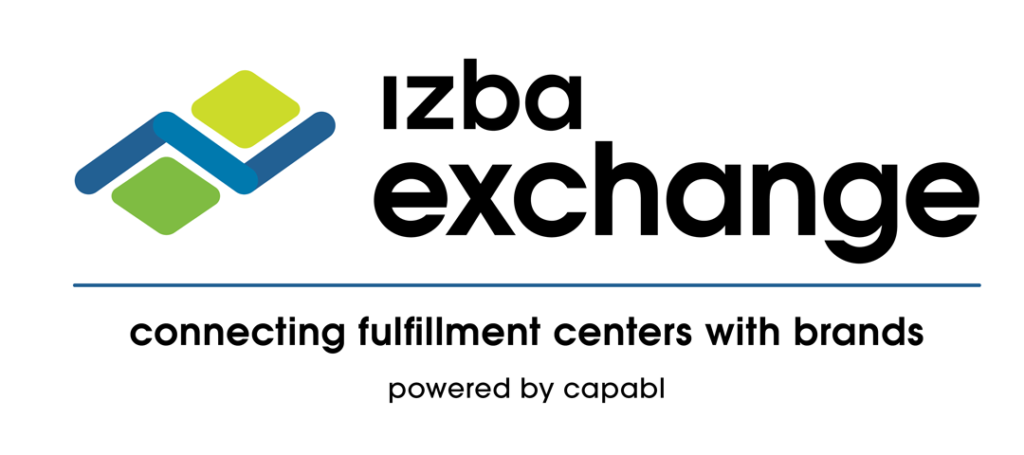When preparing for a potential exit or acquisition, businesses must understand what acquirers are looking for beyond just a solid product and brand presence. Operational efficiency plays a huge role in the value of a company, and many operational factors can make or break a deal. Let’s dive into the key operational issues that acquirers typically care about the most.
1. Gross Margin: The Bottom Line Indicator
One of the first things acquirers examine is a company’s gross margin. This metric directly reflects how efficiently a business is managing its production costs (COGS) relative to its revenue. High margins indicate that a company is keeping its costs low, while low margins may raise red flags about inefficiencies or pricing issues.
Acquirers are particularly keen on businesses that strike the right balance—those that are profitable yet not over-leveraging their costs to maintain high margins at the expense of future growth. The gross margin is a key financial indicator that helps an acquirer assess the health and scalability of the business.
2. Revenue and Expenses: The Financial Snapshot
While gross margin is crucial, acquirers also look closely at revenue trends and overall expenses. Understanding the revenue growth trajectory and whether it is sustainable is essential. A business with stable and predictable revenue streams is more attractive to acquirers than one with fluctuating sales or too many dependencies on a single customer or product.
Equally important is the efficiency of the business’s spending. If expenses are high without clear justification, acquirers may worry about hidden operational inefficiencies. Keeping an eye on both revenue and expenses is essential for ensuring financial stability, which is attractive to potential buyers.
3. Growth Potential: Is There Room to Scale?
Acquirers want to see businesses with room to grow. A company that has maxed out its potential or is already the leader in its industry may seem like a less attractive acquisition target. Buyers are looking for businesses that can scale—whether through geographic expansion, new product lines, or untapped markets.
For example, if a business is primarily D2C but hasn’t ventured into retail yet, that could be a major point of attraction. The potential to quickly scale through retail expansion or internationalization can significantly increase a business’s valuation. Leaving room for growth in your business plan gives acquirers a compelling reason to pursue the acquisition.
4. Innovation and Investment: The Balance of Margin and R&D
While maintaining a healthy margin is critical, acquirers also want to ensure that the business is investing in future growth, particularly in product innovation. Too high a margin may signal that a company is not investing enough in R&D or innovation, which could limit its future growth potential.
There’s a sweet spot when it comes to margin—acquirers tend to look for companies that are profitable but still leaving room for innovation and product development. A healthy balance allows businesses to reinvest in growth while still maintaining operational efficiency.
5. Supply Chain Flexibility: Resilience over Rigidity
A business’s supply chain is a significant factor in its operational efficiency. Acquirers value companies that have a resilient, yet flexible, supply chain. Rigid, over-optimized supply chains can be a risk—especially if there are sudden shifts in global trade dynamics or changes in tariffs, as seen with businesses reliant on Chinese manufacturing.
Acquirers want to know that a company can adapt to changes in the market without significant disruption. Having multiple sourcing options and a backup plan for key suppliers adds a level of resilience that makes the business more attractive.
6. Operational Efficiencies: Room for Optimization
Acquirers often have the resources and expertise to improve operational efficiencies, which is why businesses with operational slack are appealing. For instance, consolidating headcount, improving MOQs, or optimizing sourcing can lead to significant savings once acquired.
Businesses that have already streamlined their operations in a smart and efficient way will be more appealing to acquirers, but those that still have inefficiencies to optimize may be seen as a way for acquirers to add value post-acquisition.
Conclusion
Preparing for an acquisition requires a clear focus on operational efficiency, profitability, and scalability. By keeping track of key financial indicators like gross margin and revenue, fostering growth opportunities, maintaining innovation, and ensuring a flexible supply chain, businesses can position themselves as attractive acquisition targets.
Acquirers want companies they can grow, optimize, and scale. If you’re working toward an exit, consider these operational issues to ensure you’re not just ready to sell—but ready to thrive under new ownership.




